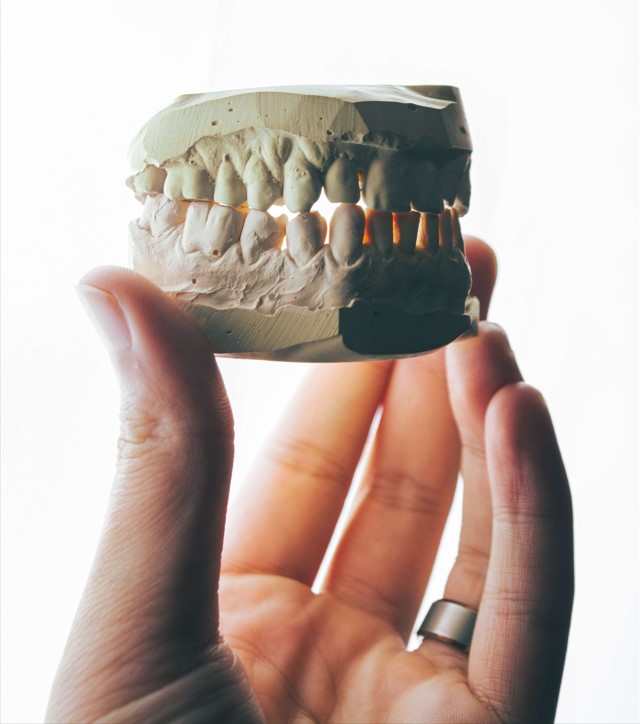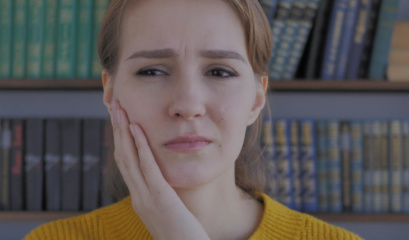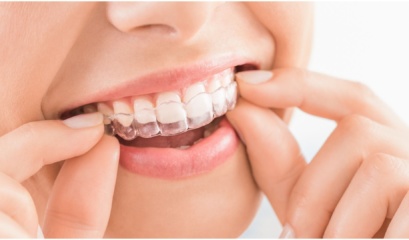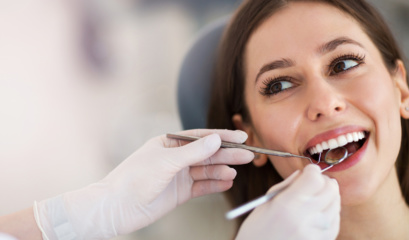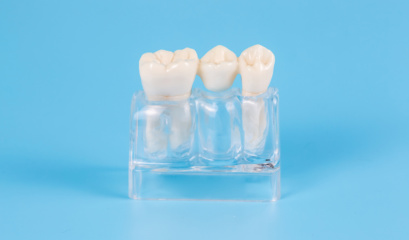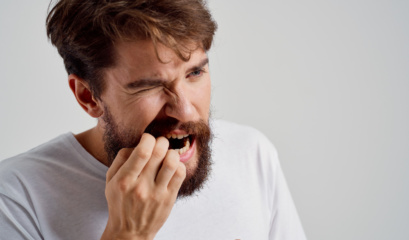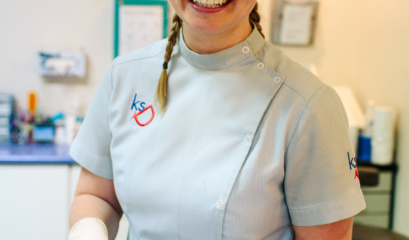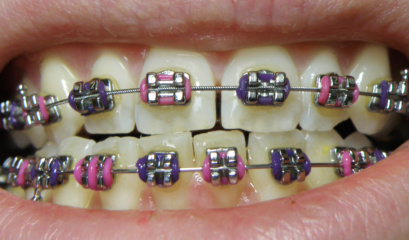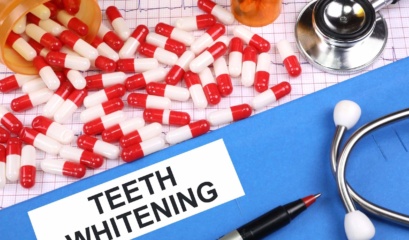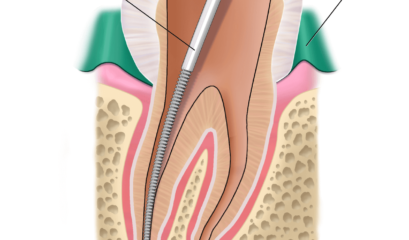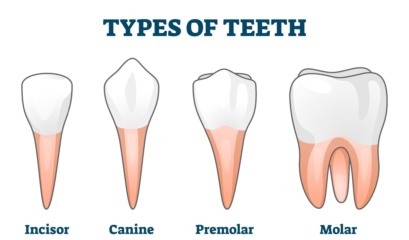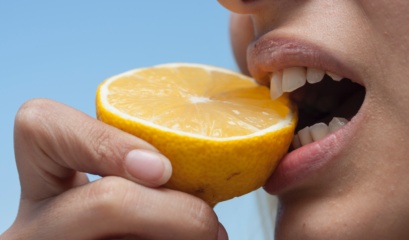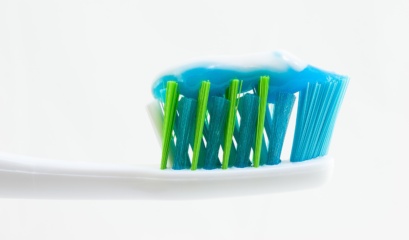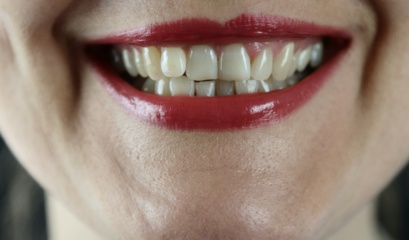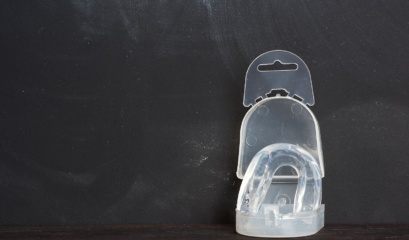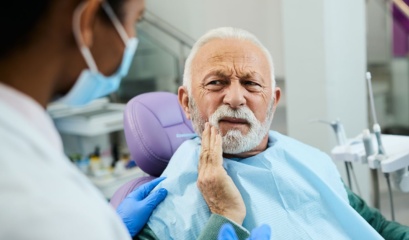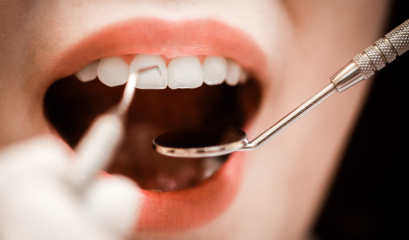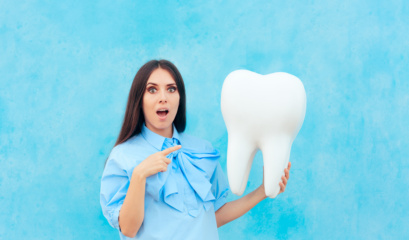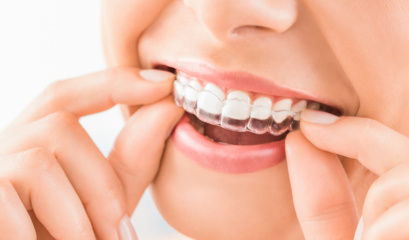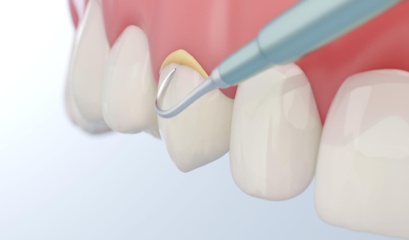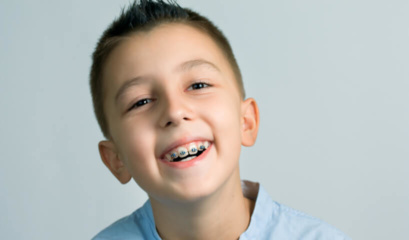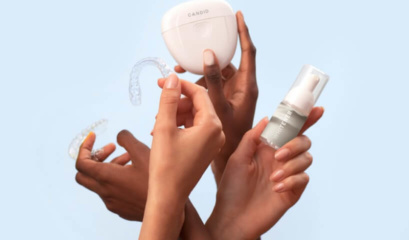Overjets and overbites are common orthodontic conditions that can cause severe dental issues. The good news is that both conditions are highly treatable.
In this article we discuss the difference between an overjet and an overbite, their causes, and the treatment options.
Knight Street Dentists offer a variety of dental treatments including orthodontics for a number of common dental problems. Schedule an appointment today.
What is an overjet?
An overjet refers to the horizontal distance between the upper front teeth and the lower front teeth when the jaws are closed. Specifically, it is the amount the upper front teeth protrude beyond the lower front teeth. Overjet is also commonly referred to as “buck teeth”. A small amount of overjet is normal, but excessive overjet can cause oral issues.
What is an overbite?
An overbite is a dental condition where the upper front teeth overlap the lower front teeth vertically when the jaws are closed. It’s also known as a “deep bite.”
What causes overjet teeth?
Overjet teeth are caused by a variety of factors including genetics, thumb-sucking habits, incorrect swallowing patterns, missing or impacted teeth, or a skeletal discrepancy.
Genetics can play a significant role in the development of overjet teeth, as certain individuals may be predisposed to having a more prominent upper jaw or smaller lower jaw.
Thumb-sucking habits or prolonged use of pacifiers can also contribute to the development of overjet teeth, as it can cause the upper front teeth to protrude forward.
Incorrect swallowing patterns can also play a role, as the tongue may push against the front teeth during swallowing, causing them to move forward.
In some cases, overjet teeth may be caused by missing or impacted teeth, as the remaining teeth may shift to compensate for the missing teeth.
A skeletal discrepancy between the upper and lower jaws may also result in overjet teeth, as the upper jaw may protrude forward more than the lower jaw.
What causes an overbite?
An overbite can be caused by a variety of factors, including genetics, thumb-sucking habits, prolonged use of pacifiers or bottle feeding, skeletal discrepancies or misaligned teeth.
Genetics can play a role in the development of an overbite, as certain individuals may have a larger upper jaw or a smaller lower jaw, causing the upper teeth to overlap the lower teeth.
Thumb-sucking habits or prolonged use of pacifiers can also contribute to an overbite, as the constant pressure can push the upper front teeth forward. Prolonged use of bottle feeding can also contribute to an overbite, as the constant sucking motion can push the upper front teeth forward.
Skeletal discrepancies between the upper and lower jaws can also cause an overbite, as the upper jaw may protrude forward more than the lower jaw.
Misaligned teeth can also contribute to an overbite, as the teeth may not fit together properly.
Overjet vs Overbite
While both conditions can cause functional and aesthetic problems, they have different underlying causes and require different treatment approaches. An overjet refers to the horizontal distance between the upper and lower front teeth, while an overbite refers to the vertical overlap of the upper front teeth over the lower front teeth. An overjet may require orthodontic treatment to correct the position of the teeth, while an overbite may require treatment to correct the position of the jaw or teeth.
What happens when you have an overbite or overjet?
Overbites and overjets can cause a number of oral issues, including:
- Jaw pain: Due to the misalignment of the teeth and jaws, this can lead to uneven pressure on the jaw joint (TMJ). This can cause discomfort, clicking or popping sounds, and even headaches.
- Difficulty speaking and/or chewing: Excessive overbites and overjets can make it difficult to bite and chew properly, leading to speech difficulties and difficulty eating certain foods.
- Sleep apnoea: In severe cases, these conditions can cause sleep apnoea, a condition where the airway is partially or completely blocked during sleep, leading to breathing difficulties and disrupted sleep.
- Fractured teeth: As overbites and overjets can cause the upper front teeth to protrude, this makes them more vulnerable to trauma or injury. This can lead to fractured or chipped teeth, which can be painful and require dental treatment.
- Gum damage: Gum damage can happen due to the uneven pressure placed on the teeth and gums. This can cause gum recession, leading to sensitivity, pain, and even tooth loss if left untreated.
How to fix an overjet and overbite
Fixing an overjet or overbite requires an individualised treatment plan tailored to the specific needs of the patient. Here are some common treatment options for correcting an overjet or overbite:
Braces
Braces are a common orthodontic treatment for correcting overjet or overbite. They work by applying continuous pressure to the teeth to gradually move them into their proper position.
Clear aligners
Clear aligners are an alternative to traditional braces and can be used to correct mild to moderate overjet or overbite. They are removable and can be more discreet than braces.
Specialised appliances
Depending on the severity of the overjet or overbite, specialised appliances such as headgear or expanders may be used to correct the bite. These appliances can help move the teeth and jaws into their proper positions.
Surgery
In severe cases of overjet or overbite, surgery may be required to correct the underlying skeletal discrepancy.
When to see your dentist
It’s recommended to see your dentist for an evaluation if you notice any issues with your bite, such as an overjet or overbite, or if you have concerns about the appearance of your teeth.
Children should see their dentist by the age of seven, as early treatment can prevent more significant problems from developing in the future. Additionally, adults who have not had orthodontic treatment in the past can benefit from an evaluation, as it’s never too late to improve the alignment of your teeth and bite.
Some signs that you may need to see a dentist include:
- Crowded or crooked teeth
- Gaps between teeth
- Difficulty biting or chewing
- Speech difficulties
- Jaw pain or discomfort
- Grinding or clenching of the teeth
- Abnormal wear on the teeth
A dentist can evaluate your bite and recommend the most appropriate treatment plan for your specific needs. It’s important to address any issues with your bite early on to prevent further dental problems from developing.
If you live in the Shepparton area and need a dentist, contact us today.

